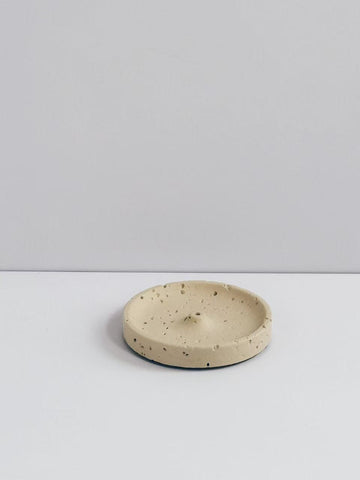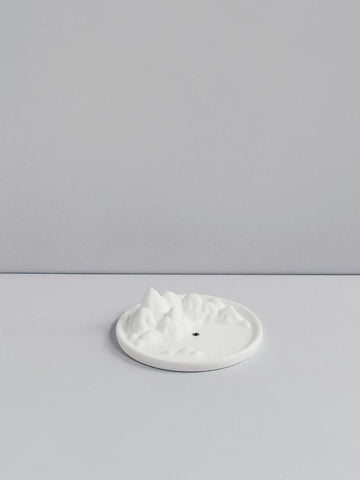Aromatherapy, the practice of using aromatic plant extracts and essential oils for holistic healing, has captivated humanity for millennia. Rooted in the wisdom of ancient civilizations, it bridges the physical, emotional, and spiritual realms through the power of scent. While the term “aromatherapy” emerged in the 20th century, its essence can be traced back to traditions like **Chinese incense culture** (香道, *xiang dao*), a refined art form that harmonizes mind, body, and spirit. In this exploration, we delve into the history, science, and timeless relevance of aromatherapy, with a special focus on its evolution in China and its modern-day applications.
The Origins of Aromatherapy: A Legacy of Scent
Aromatherapy’s origins are intertwined with humanity’s innate affinity for fragrance. From the earliest civilizations, aromatic plants were revered not only for their pleasurable scents but also for their medicinal and spiritual properties. In **China**, the use of incense dates back over **3,000 years**, evolving from simple rituals to a sophisticated cultural practice embraced by scholars, nobility, and healers.
Ancient Beginnings: From Sacrifice to Science
During the **Zhou Dynasty (1046–256 BCE)**, incense was integral to rituals honoring ancestors and deities. By the **Han Dynasty (206 BCE–220 CE)**, its applications expanded into medicine. The legendary physician **Hua Tuo** crafted sachets filled with cloves and *baibu* (百部) to prevent tuberculosis, while incense smoke purified air and temples. The *Book of Songs* (诗经) and *Elegies of Chu* (楚辞) poetically chronicled the use of fragrant herbs like orchids and chrysanthemums, symbolizing virtue and transcendence.
The **Tang (618–907 CE)** and **Song (960–1279 CE) Dynasties** marked the golden age of Chinese incense culture. Scholars elevated scent appreciation to an art form, alongside tea ceremony and calligraphy. Incense competitions, known as *dou xiang* (斗香), became intellectual pursuits, blending aesthetics with philosophy. The Song Dynasty’s *Xiangpu* (香谱, incense manuals) documented intricate recipes, while markets buzzed with “incense shops” and “incense masters” catering to every social class.
---
The Science of Scent: How Aromatherapy Works
Aromatherapy operates on the principle that scent molecules interact with the **limbic system**, the brain’s emotional and memory center. When inhaled, essential oils like lavender or sandalwood trigger neurochemical responses, reducing stress, enhancing focus, or uplifting mood. Traditional Chinese Medicine (TCM) further emphasizes the role of fragrance in balancing *Qi* (vital energy) and harmonizing the body’s elements.
Key Mechanisms
1. Olfactory Stimulation: Direct inhalation activates the hypothalamus, influencing heart rate and hormone production.
2. Topical Absorption: Oils applied to the skin penetrate tissues, offering anti-inflammatory or analgesic effects.
3. Psychological Resonance: Scents like frankincense or myrrh evoke meditative states, aligning with TCM’s focus on mental clarity.
Modern studies validate ancient practices. For example, **lavender** reduces anxiety (University of Miami, 2008), while **citrus oils** boost alertness (Kyoto University, 2015). Similarly, the Chinese tradition of burning *Ai Ye* (mugwort) during Dragon Boat Festival to repel pests aligns with its proven antimicrobial properties.
---
The Four Pillars of Chinese Incense Culture
Chinese incense culture, or *xiang dao*, transcends mere fragrance—it is a **spiritual discipline** encompassing:
1. 识香 (Shí Xiāng): Recognizing and selecting quality materials like agarwood (*chenxiang*) or sandalwood.
2. 六根感通 (Liù Gēn Gǎn Tōng): Engaging all six senses to experience scent holistically.
3. 香技呈现 (Xiāng Jì Chéng Xiàn): Mastering techniques for blending, heating, and presenting incense.
4. 香法修炼 (Xiāng Fǎ Xiū Liàn): Cultivating inner peace through meditative rituals.
Sacred Materials: The “Four Great Incenses“
- 沉香 (Agarwood): Prized for its rich, resinous aroma, formed when *Aquilaria* trees react to fungal infection.
- 檀香 (Sandalwood): A calming wood central to Buddhist ceremonies.
- 龙脑香 (Borneol): A crystalline resin used in TCM for its cooling properties.
- 麝香 (Musk): A potent animal-derived scent, historically used in perfumes and medicines.
The Ming Dynasty’s *Bencao Gangmu* (本草纲目) by Li Shizhen details using incense to treat ailments, from skin disorders to respiratory issues. Today, these traditions inspire artisanal creations like Memoricall’s incense collections, which honor ancient recipes while catering to modern sensibilities.
---
From Palace to Pavilion: Rituals and Tools
The tools of incense culture are as symbolic as the scents themselves:
- 香炉 (Incense Burners): Jade or bronze vessels, often shaped like mythical mountains (*Boshanlu*).
- 香篆 (Incense Seals): Intricate molds that create patterned ash for meditative focus.
- 香囊 (Scented Sachets): Embroidered pouches filled with herbs, worn for protection and elegance.
During the **Song Dynasty**, scholars perfected “**隔火熏香**” (*gé huǒ xūn xiāng*), a method of indirect heating that preserves delicate aromas. This practice, akin to Japanese *kōdō*, involves burying charcoal under ash, placing a mica plate atop, and gently warming wood chips—a ritual demanding patience and precision.
---
Aromatherapy in Modern Life: Bridging Tradition and Innovation
While industrialization once overshadowed traditional practices, the 21st century has witnessed a **revival of incense culture**. Urbanites seek solace in scent amid digital chaos, turning to aromatherapy for stress relief, sleep enhancement, and creative inspiration.
Contemporary Applications:
- Wellness Spaces: Yoga studios and spas diffuse oils like bergamot or clary sage to deepen relaxation.
- Home Rituals: Morning incense meditation or evening sandalwood baths restore balance.
- Cultural Preservation: Institutions like the **China Institute of Incense Culture** research ancient texts to revive lost techniques.
For enthusiasts seeking authentic experiences, Memoricall offers curated incense blends that echo the elegance of dynastic China. From agarwood sticks to floral-scented sachets, each product embodies millennia of wisdom, tailored for today’s discerning users.
---
The Eternal Breath of Nature
Aromatherapy is more than a wellness trend—it is a timeless dialogue between humanity and nature. From the incense-filled halls of the Forbidden City to modern-day mindfulness practices, scent remains a universal language of healing and transcendence. As we rekindle ancient traditions, we honor a legacy where every breath carries the whispers of ancestors and the promise of renewal.
Explore the art of aromatherapy with Memoricall’s exquisite incense collection, where history and harmony converge in every fragrant note.
---
*References*:
- Classical texts: *Bencao Gangmu*, *Xiangpu*, *Dream Pool Essays*.
- Modern studies: Journal of Ethnopharmacology, International Journal of Aromatherapy.
- Cultural archives: Palace Museum, China Institute of Incense Culture.








